Click below to listen to my 2 min. Garden Bite radio show: Trees for allergy sufferers
There’s been a lot of sneezing going on! Warming temperatures trigger trees into flowering earlier which means allergy sufferers are feeling the effects and sharing their sneezes.

Trees are the biggest contributors to allergy season. Some are monoecious, meaning that individual trees produce both male and female flowers. Other trees are known as dioecious, an individual tree will have either male or female flowers, but not both. So, planting a dioecious female tree means no pollen.
Aspen trees are at the top of the list. Quaking aspens have beautiful gold fall leaves and a lovely, whitish-colored bark.
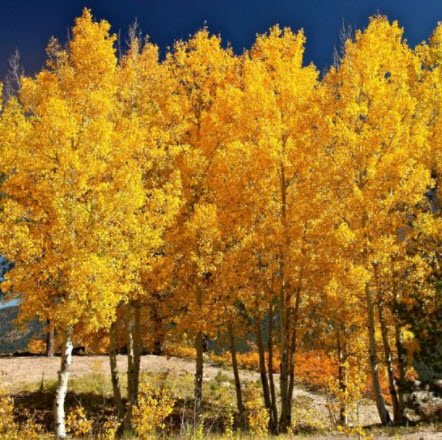
Aspens usually reach a height of 20 to 50 feet at maturity, with a spread of 10 to 30 feet in the canopy.
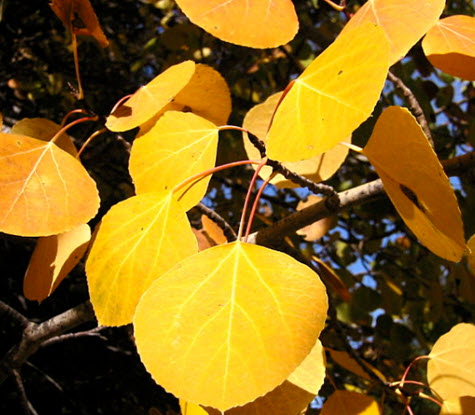
The Red Maple is another great tree for allergy sufferers. They grow 40 to 70 ft tall and 30 to 50 ft wide, depending on cultivar and site conditions.

Their foliage is gorgeous. I have one in my front boulevard.
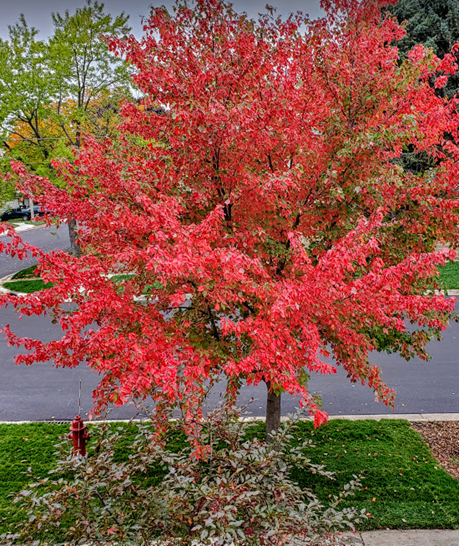
There are some monoecious trees that have course pollen that doesn’t drift and they are decent to plant too. One is the crabapple, I have two of them!
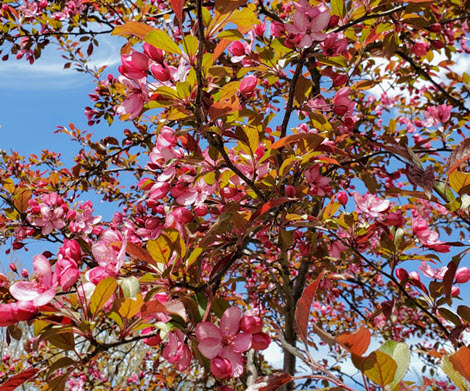
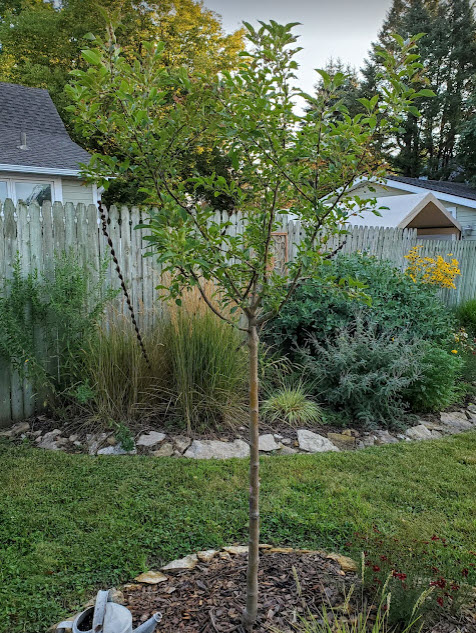
The Eastern redbud is also a wonderful tree and quite popular. A smaller tree growing 30 ft tall and wide in sun to part shade.

It has rose pea-like flowers along the branches from early to mid spring, which emerge before the leaves. The foliage is burgundy in spring turning to Forest green and then buttery yellow in fall.
